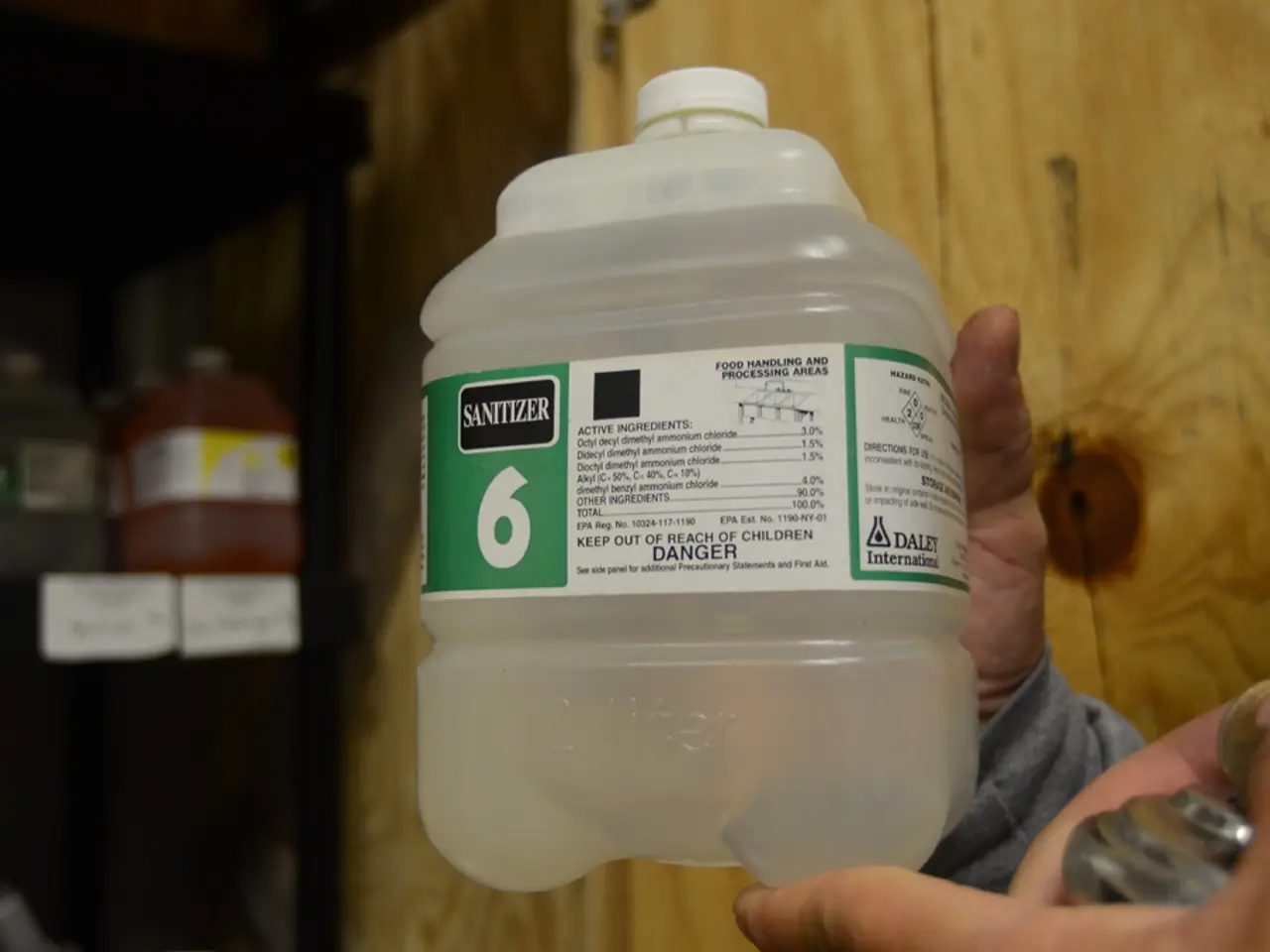Discussion on the Benefits of Early Discussion About Casual Relationships
In the United States, sexually transmitted infections (STIs) are a significant health issue among college students, with infections like human papillomavirus (HPV), chlamydia, gonorrhea, and syphilis being particularly prevalent among adolescents and young adults.
According to the latest data from the US Centers for Disease Control and Prevention, nearly half (48.2%) of the reported cases of chlamydia, gonorrhea, and syphilis (all stages) in the United States were among adolescents and young adults ages 15 to 24 years.
Key points regarding prevalence and precautions:
- Studies suggest that STIs are widespread among young adults, including college populations, with a global prevalence of around 27.5%. Common STIs among college students include HPV, chlamydia, gonorrhea, and syphilis. HIV testing uptake among adolescents and young adults is about 32%, indicating ongoing concern and engagement with sexual health.
- Factors contributing to STI risk include having multiple sexual partners, unprotected sex, and low awareness.
- To reduce the risk of STIs, it is essential to:
- Use condoms consistently and correctly during any kind of sexual activity.
- Get regular STI screenings, at least annually for sexually active individuals.
- Get vaccinated against infections such as HPV, meningococcal, Hepatitis A, and others.
- Educate yourself about STIs and HIV, understanding risk factors and symptoms.
- Maintain good hygiene habits and avoid sharing drinks or personal items.
Chlamydia, the most common bacterial STI worldwide and in the United States, has more than 1.5 million reported cases per year in the US. Most women (75% of females and 50% of males) do not show obvious symptoms. HPV, which can cause cancer in men and women, is another prevalent STI, and it is important to get tested for the virus.
If one tests positive for an STI, they may have another, so it is essential to be tested for multiple STIs. It is also crucial to remember that intoxicated or high individuals cannot give consent, yet many hookups happen under the influence.
In addition to the physical health implications, the emotional burden of STIs critically affects students' self-image, confidence, and mental health. Genital warts caused by HPV can make patients miserable, causing emotional distress and affecting self-image, confidence, and mental health.
Dr. Jill Grimes, with over 30 years of experience in private practice and academic medicine, emphasises the importance of education and awareness about STIs and HIV. She is the author of "The Ultimate College Student Health Handbook". It is essential to remember that consent is clear, enthusiastic, ongoing, verbalized, freely given, and able to be withdrawn at any time.
Unfortunately, 13% of undergrads report "nonconsensual sexual contact by physical force or inability to consent", according to the Association of American Universities. It is crucial to prioritise consent and sexual health education to ensure a safer college environment for all students.
- Science plays a significant role in understanding and addressing sexually transmitted infections (STIs) among college students.
- Workplace-wellness programs can incorporate STI education and screenings to promote the health and well-being of young adults.
- Medical-conditions like human papillomavirus (HPV), chlamydia, gonorrhea, and syphilis are common among college students.
- Chronic diseases such as HPV-related cancers are potential long-term impacts of untreated STIs.
- In the fight against cancer, regular screenings and vaccinations can help prevent HPV-related cancers.
- Respiratory conditions and digestive health can be affected by poor sexual health choices, leading to complications.
- Eye-health, hearing, and overall health-and-wellness are interconnected, making it essential to prioritize sexual health for complete well-being.
- Sexual-health education should include information about autoimmune-disorders, as some STIs can trigger or exacerbate these conditions.
- Climate-change can impact the prevalence of STIs, as warmer temperatures have been linked to increased rates of certain infections.
- Mental-health is deeply connected to sexual health, with emotional burdens of STIs impacting self-image, confidence, and overall mental wellness.
- Men's-health involves addressing sexual health concerns specific to men, such as STIs, prostate health, and testicular cancer.
- Skin-care goes beyond cosmetics; treating skin-conditions related to STIs is essential for overall health.
- Various therapies-and-treatments are available for STIs, ensuring that effective care is accessible to all.
- Women's-health encompasses reproductive health, STIs, hormonal disorders, and pelvic health issues.
- Cardiovascular-health can be influenced by sexual behavior, making heart disease a potential complication of untreated STIs.
- In the industry of health-and-wellness, addressing STI prevention and treatment is crucial to promoting overall health and well-being.
- CBD products have been explored for their potential benefits in managing symptoms related to STIs and sexual dysfunction.
- Neurological-disorders can sometimes be associated with certain STIs, making it essential to consider brain health when addressing STI concerns.
- Environmental-science research can help understand the environmental factors that contribute to the spread of STIs.
- Financial planning, such as investing and wealth-management, can help individuals afford necessary therapies-and-treatments for STIs.
- Home-and-garden maintenance can influence personal hygiene, reducing the risk of STI transmission and other infections.
- Businesses can prioritize wellness by offering STI education and resources to employees and their families.
- Personal-finance management should incorporate the cost of regular STI screenings and treatments into one's budget.
- Gadgets like smartphones and laptops can be used to access STI resources, promote sexual health education, and facilitate communication about consent.
- Data-and-cloud-computing can help researchers analyze STI trends and develop more effective prevention strategies.
- Artificial-intelligence can be applied to predict STI outbreaks and tailor preventative measures to specific populations.
- Relationships, pets, travel, cars, books, shopping, social-media, movies-and-tv, entertainment, celebrities, music, politics, pop-culture, sci-fi-and-fantasy, general-news, crime-and-justice - while seemingly unrelated, each can impact sexual health and well-being in various ways.




